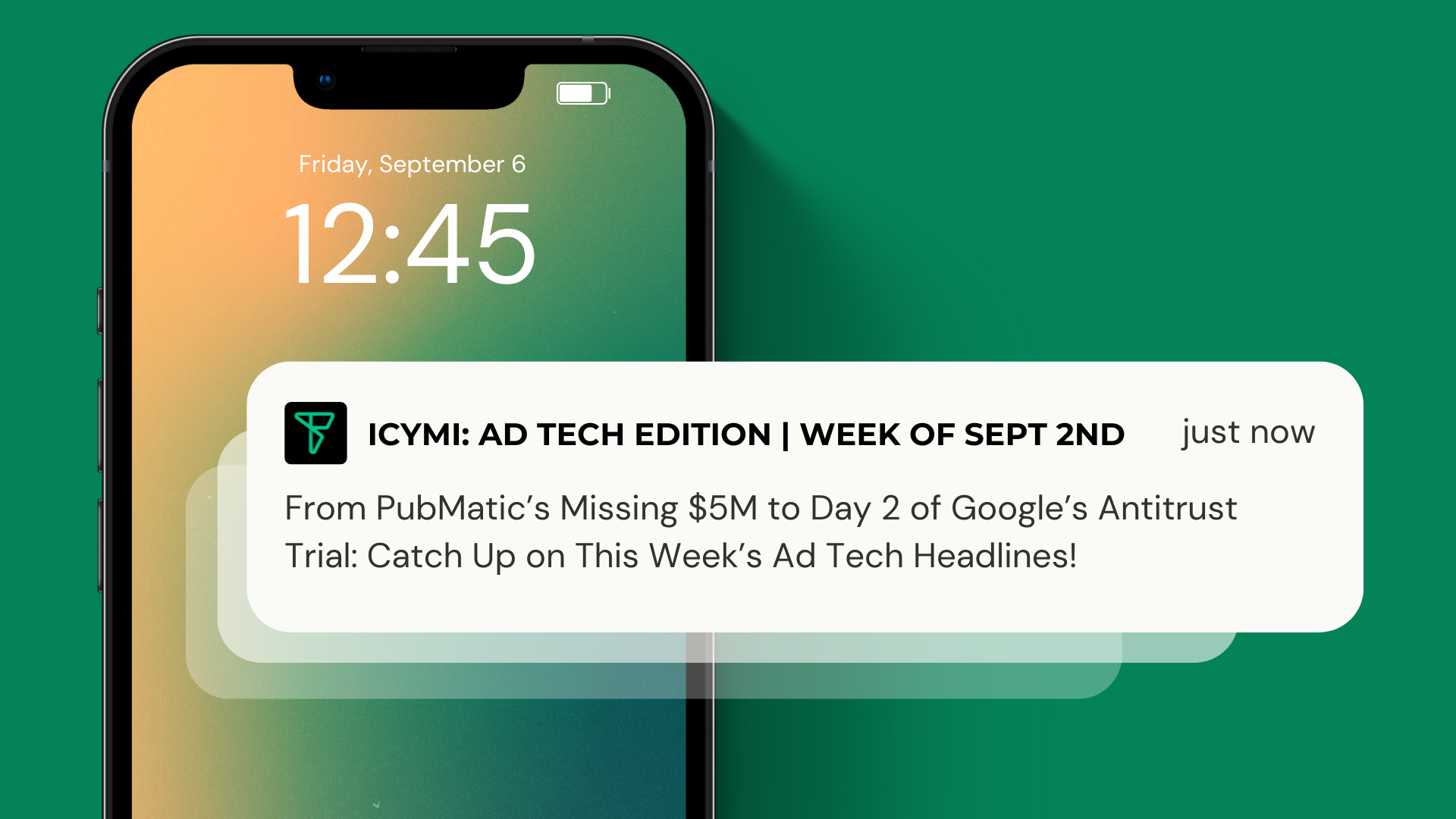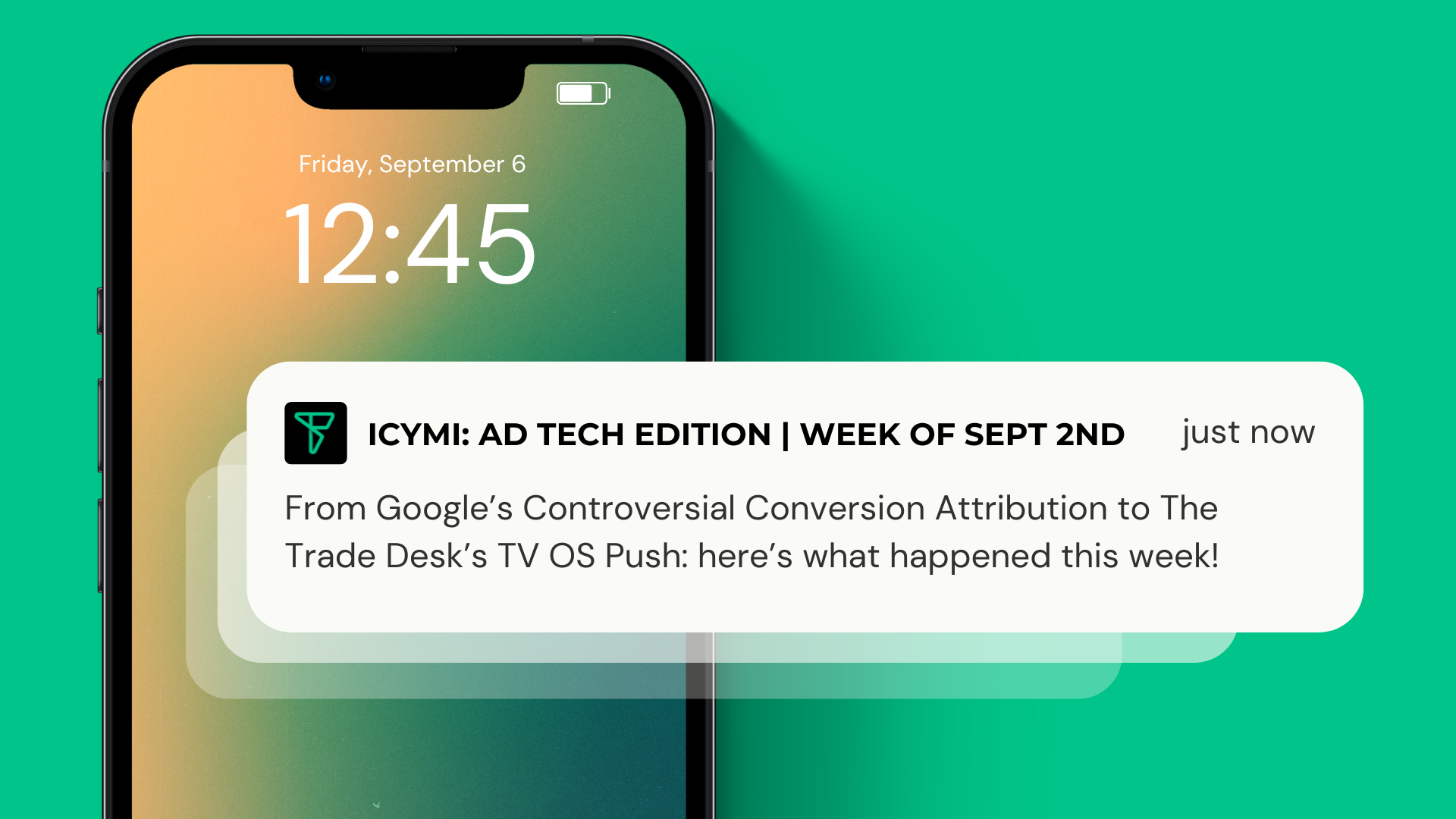Bits and Bobs from around the industry:
Meta Is Rolling Out Its First Gen AI Tools For Ad Creative
Meta, formerly known as Facebook, is introducing generative AI tools for ad creative within its Ads Manager platform. These AI-powered tools aim to streamline the ad creation process for advertisers, making it more efficient and effective. The tools being rolled out include:
1. Text Variation Tool: This tool generates multiple versions of ad copy to cater to different target audiences. Advertisers can use varied ad copy to resonate with specific audience segments effectively.
2. Background Generation Tool: This tool automatically creates multiple background images to complement different products or messages within the ad creative. It uses text inputs to generate suitable background visuals.
3. Image Cropping Tool: This tool adjusts the aspect ratio of creative assets to ensure they appear correctly on different ad surfaces. For example, what works for a Reels ad might need adjustments for a feed or Story ad.
These AI models are trained using a variety of data sources, including ad data from Meta’s platforms, licensed data from partners, third-party data, and publicly available data sources.
The introduction of generative AI tools aims to save time and resources for creative and media teams. Advertisers can automate tedious tasks like creating numerous ad variations, allowing them to focus on higher-level strategic activities. Some advertisers estimate that these generative AI tools could save them more than five hours a week, equivalent to a month of saved time annually.
Meta’s move reflects the growing importance of AI in advertising to enhance efficiency and effectiveness in reaching target audiences.
Boost Your Business: Embrace Ad Ops Automation for Enhanced Efficiency
Ad automation tools are revolutionizing the field of ad operations, making it more efficient and effective. These tools allow employees to focus on high-level tasks instead of repetitive ones, reducing the risk of burnout and enabling them to contribute more innovative ideas to drive business success.
Ad automation involves using software and tools to automate and optimize backend operations to enhance lead generation and revenue. It’s not a new concept, dating back to the 1980s, but advancements in technology, including social media, AI, and search engines, have made today’s automation far more advanced.
One such automation solution, Upward by Theorem Inc., offers a customizable, white glove approach to increase efficiency and reduce user pain points in ad operations. Research by Theorem found that industry professionals have a positive view of automation, with 4 in 5 respondents having a favorable opinion. They believe automation can modernize organizations, increase profitability, and enhance team productivity.
Automation tools like Upward can be tailored to each user’s needs, working within existing platforms and processes. This customization increases workflow efficiency, scales businesses, and reduces employee burnout by automating tedious tasks.
Ad operations often face challenges like inefficiencies, complex processes, information silos, and human errors. Automation helps reduce these pain points, increasing job efficiency and reducing errors, ultimately saving organizations money. It also frees up employees to focus on high-level work and strategic thinking.
While automation is revolutionizing ad operations, it doesn’t replace humans but complements their workflows. It allows teams to focus on proactivity, building stronger relationships, client growth, and productivity. Customizable automation solutions like Upward are crucial for staying competitive in the evolving ad ops landscape.
Can GA4 Deliver the Omnichannel Data Revolution?
Google Analytics 4 (GA4) is a significant shift in web analytics, and its impact on data attribution, modeling, visualization, and more is becoming evident. The migration from Universal Analytics (UA) to GA4 has presented challenges, including concerns about preserving historical data once UA access ends on July 1, 2024.
GA4’s data-driven attribution is already influencing marketers’ ability to credit purchases comprehensively, although it doesn’t cover all marketing touchpoints. GA4’s ability to connect web and app analytics data to its cloud data warehouse, BigQuery, is crucial for creating an omnichannel reporting system that integrates both online and offline interactions. This approach allows marketers to combine ad delivery data from various platforms with web engagement and customer data, offering a holistic view of marketing activity. Removing data silos enables consistent analysis by various factors such as time period, channel, product, outlet, outcome type, or basket size.
Many businesses are adopting full marketing mix modeling (MMM) and data storage projects to create combined reporting layers for measuring channel performance and aligning them with organizational goals. This approach provides a comprehensive understanding of performance, aiding in predicting the impact of additional investments in specific activities along the customer journey. While GA4 offers greater connectivity, customization is essential for complex use cases, especially for brands with multiple touchpoints and the need for granular data analysis. Automation plays a crucial role in maintaining data hygiene and scaling MMM. Data engineers and data scientists can create dynamic matching algorithms and predictive models to work with combined datasets, incorporating additional data sources like macroeconomic, socio-demographic, and industry-specific data for more sophisticated modeling.
For advertisers, there’s a significant opportunity to harness the power of GA4 and advanced data analytics. Organizational understanding, agency expertise, and a well-structured GA4 setup form the foundation for constructing more sophisticated data models and driving actionable insights over time.





